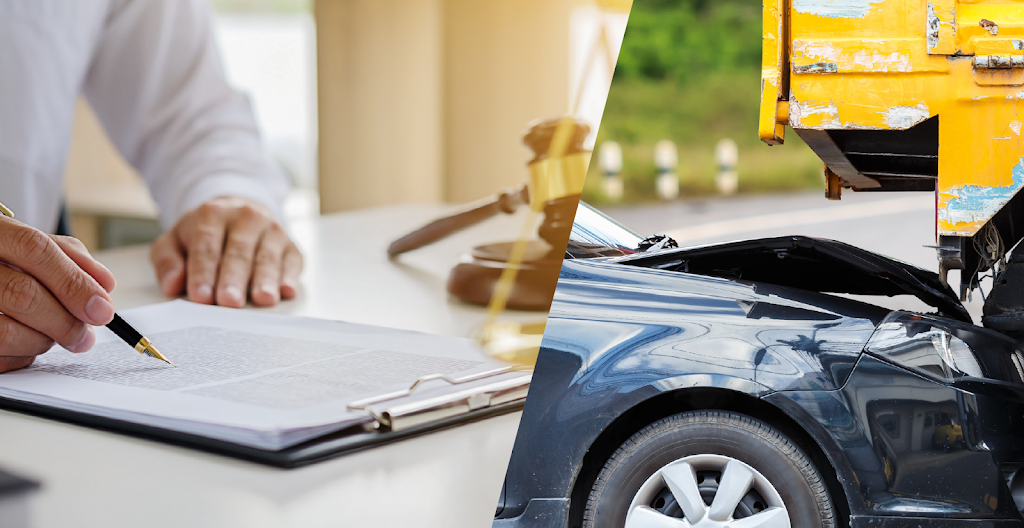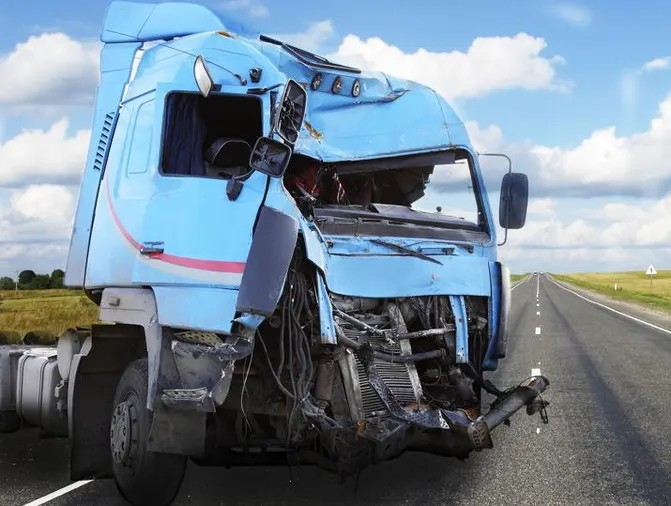Title: “Legal Responsibilities of Drivers: A
Comprehensive Analysis of Obligations and Implications”
Abstract:
The operation of motor vehicles on public roads is
accompanied by a set of legal responsibilities that drivers must adhere to
ensure safety, compliance, and accountability. This article provides an
in-depth examination of the legal obligations imposed on drivers, drawing upon
statutory provisions, case law, and regulatory frameworks. Through a
multidisciplinary approach encompassing legal, behavioral, and socio-economic
perspectives, this analysis explores the nature and scope of drivers’ legal
responsibilities, including licensing requirements, traffic regulations, duty
of care, and liability standards. By synthesizing existing literature and
empirical research, this study aims to elucidate the complexities and
implications of drivers’ legal obligations, offering insights for policymakers,
legal practitioners, and road safety advocates.
Keywords: Drivers, Legal Responsibilities, Traffic
Regulations, Duty of Care, Liability
1. Introduction
The operation of motor vehicles is a pervasive activity in
modern society, facilitating mobility, commerce, and social interaction.
However, the privilege of driving entails a series of legal responsibilities
that drivers must uphold to ensure public safety and compliance with regulatory
mandates. This article undertakes a systematic analysis of the legal
obligations imposed on drivers, elucidating the rights, duties, and liabilities
inherent in the act of driving. By examining relevant statutes, case law precedents,
and regulatory guidelines, this study seeks to provide a comprehensive
understanding of drivers’ legal responsibilities and their implications for
road safety and legal accountability.
2. Licensing Requirements
A foundational aspect of lawful driving is the possession of
a valid driver’s license issued by the appropriate regulatory authority. Driver
licensing requirements vary by jurisdiction but typically involve fulfilling
eligibility criteria, passing written and practical examinations, and complying
with age and residency requirements. The issuance of a driver’s license
signifies the individual’s competency and legal authorization to operate a
motor vehicle on public roads. Moreover, certain classes of vehicles, such as
commercial trucks or motorcycles, may necessitate additional endorsements or
specialized licenses to ensure safety and proficiency.
3. Compliance with Traffic Regulations
Traffic regulations constitute the cornerstone of road
safety and orderly conduct, governing various aspects of driving behavior,
including speed limits, right-of-way rules, signaling requirements, and lane
discipline. Compliance with traffic laws is not only a legal obligation but
also a moral imperative to mitigate the risk of accidents, injuries, and fatalities.
Law enforcement agencies play a crucial role in enforcing traffic regulations
through patrols, surveillance, and issuance of citations for violations.
Additionally, automated enforcement technologies, such as red-light cameras and
speed radar systems, supplement traditional policing efforts to enhance
compliance and deterrence.
4. Duty of Care and Safe Driving Practices
Drivers owe a duty of care to other road users, pedestrians,
and property owners to operate their vehicles in a safe and prudent manner.
This duty encompasses adherence to traffic regulations, maintaining proper
control of the vehicle, exercising vigilance and caution, and avoiding
behaviors that may endanger others. Common examples of negligent or reckless
driving conduct include speeding, distracted driving, driving under the
influence of alcohol or drugs, and failure to yield to pedestrians or emergency
vehicles. Violations of the duty of care may result in legal liability for
damages caused by negligent or reckless conduct, including personal injury or
property damage.
5. Liability for Traffic Accidents and Collisions
The operation of motor vehicles entails inherent risks of
accidents and collisions, which may result in property damage, bodily injury,
or loss of life. Consequently, drivers may be held liable for damages arising
from their negligent or reckless conduct on the road. Liability for traffic
accidents is typically determined based on principles of negligence, wherein
the plaintiff must establish the defendant’s breach of the duty of care,
causation, and damages. Insurance coverage plays a crucial role in indemnifying
against potential liabilities, with mandatory minimum liability insurance
requirements imposed by state law to ensure financial responsibility and compensation
for victims of accidents.
6. Legal Consequences of Non-Compliance
Non-compliance with driving regulations carries legal
consequences ranging from fines and penalties to license suspension or
revocation, depending on the severity of the violation and the individual’s
prior driving record. Repeat offenders or drivers convicted of serious
offenses, such as driving under the influence (DUI) of alcohol or drugs, may
face harsher sanctions, including imprisonment and mandatory participation in
rehabilitation programs. Moreover, negligent or reckless driving behavior that
causes harm to others may lead to civil lawsuits seeking damages for personal
injury or wrongful death, imposing financial liabilities and legal
accountability on at-fault parties.
7. Conclusion
In conclusion, the legal responsibilities of drivers
encompass a broad spectrum of obligations aimed at promoting road safety,
compliance with regulatory mandates, and accountability for negligent or
reckless conduct. By adhering to licensing requirements, traffic regulations,
duty of care standards, and insurance obligations, drivers can fulfill their
legal duties and contribute to the orderly functioning of the transportation
system. However, effective enforcement mechanisms and public education efforts
are essential to deterrence and awareness-raising, thereby enhancing compliance
and reducing the incidence of traffic accidents and collisions. Through
collaborative efforts among policymakers, law enforcement agencies, and
stakeholders, society can strive to create a safer, more sustainable
environment for drivers and road users alike.


